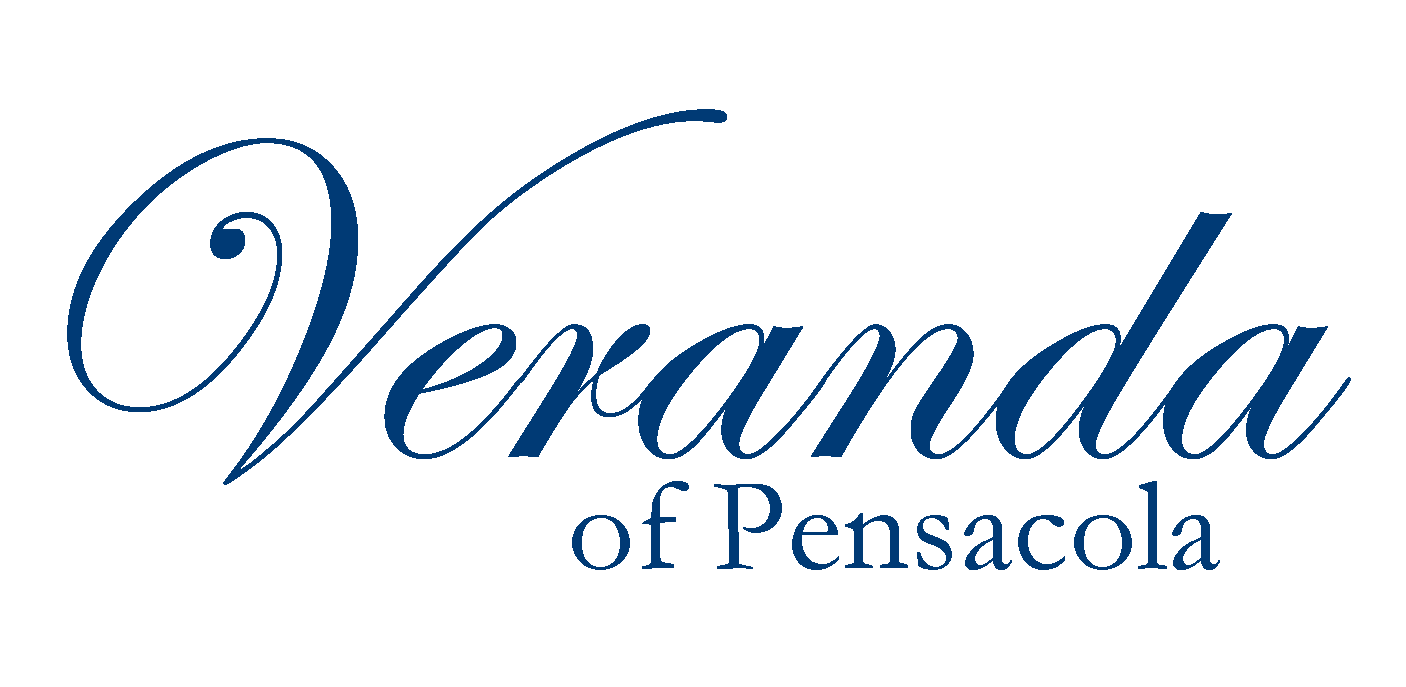As families begin exploring senior living options, one of the biggest concerns is cost. Senior living can provide a wealth of benefits, from social engagement to medical support, but understanding how to afford it is crucial. Financial planning plays a key role in ensuring a smooth transition while maintaining financial stability. In this guide, we will explore the costs of senior living, ways to assess affordability, financial resources, and tools available to assist families in making informed decisions.
Understanding the Costs of Senior Living
Senior living costs vary widely depending on the type of care and amenities provided. Below are the most common types of senior living communities and their associated costs:
- Independent Living: This option is best suited for seniors who are active and require minimal assistance. Costs typically range from $1,500 to $4,000 per month, covering housing, dining, and recreational activities.
- Assisted Living: Residents receive help with daily activities such as medication management and personal care. Monthly costs can range from $3,500 to $7,000, depending on location and services.
- Respite Services: Temporary care services for seniors who need short-term support due to recovery from surgery, caregiver vacations, or trial stays in a senior living community. Costs vary widely depending on the length of stay and level of care required.
- Memory Care: Designed for individuals with Alzheimer’s or dementia, memory care facilities provide specialized support. Costs generally range from $4,000 to $8,000 per month.
- Skilled Nursing Facilities: For those needing 24-hour medical care, skilled nursing homes can cost between $7,500 and $10,000 per month.
Assessing Financial Readiness
Before making any decisions, families should assess their financial situation and long-term affordability. Important factors to consider include:
- Income Sources: Evaluate Social Security benefits, pensions, annuities, and any passive income.
- Savings and Investments: Consider retirement savings, IRAs, 401(k)s, and other investment accounts.
- Home Equity: Selling a home or utilizing a reverse mortgage can be a valuable way to fund senior living.
- Long-Term Care Insurance: Review policies to understand what coverage is available for senior care expenses.
- Healthcare Costs: Out-of-pocket medical expenses can be a significant factor in financial planning.
Financial Assistance and Resources
There are various options available to help cover the cost of senior living:
- Veterans Benefits: Eligible veterans and their spouses may qualify for the VA Aid & Attendance Benefit, which provides financial assistance for senior care.
- Medicaid: In some cases, Medicaid can help cover assisted living or skilled nursing care costs for those who meet the financial and medical requirements.
- Life Insurance Settlements: Some policies allow for cashing out early to fund senior living.
- Bridge Loans: Short-term loans can help cover initial senior living costs while awaiting other funding sources, such as home sales.
Planning for Future Needs
It’s essential to plan for the long term and anticipate potential cost increases due to inflation, increased care needs, or unexpected medical expenses. Consulting a financial advisor who specializes in elder care planning can help families create a sustainable strategy.
Utilize the "Can I Afford Senior Living?" Assessment Tool
Making financial decisions regarding senior living can feel overwhelming. To help families assess affordability, Veranda of Pensacola offers the Roobrik "Can I Afford Senior Living?" assessment. This simple and confidential online tool guides users through a series of questions to evaluate financial readiness for senior living. By answering these questions, families can gain a clearer understanding of available options based on their specific financial situation.
Click here (or at the bottom of this article) to take the assessment and gain insights into senior living affordability.
Final Thoughts
Financial planning for senior living is a critical step in ensuring a smooth transition while protecting financial stability. By understanding the costs, evaluating financial readiness, and exploring available resources, your family can make informed choices that align with your loved one’s needs. Taking advantage of assessment tools like Roobrik’s can provide clarity and help you move forward with confidence.

.png)

.png)
.png)